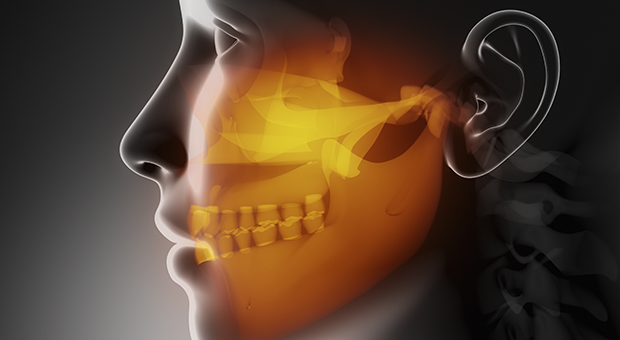The Medical Minute: Spotting oral cancer

NFL Hall of Famer and former Buffalo Bills quarterback Jim Kelly started treatment this week for a second bout with oral cancer, a disease that accounts for about 8 percent of all malignant growths in the United States.
Like many other types of cancer, the key to the successful treatment of oral cancer is early detection.
According to Dr. David Goldenberg, chief of otolaryngology-head and neck surgery at Penn State Hershey, a prognosis depends on how advanced the disease is when found. If caught early, the malignancy is simply removed.
“When it's already invaded deep into the tongue or the bone, then it's started to spread,” he said. “That's when the prognosis becomes more guarded.”
When cancer invades bone, muscle, nerves or lymph vessels, it can spread to other areas of the body.
About 90 percent of these cancers, called squamous cell cancer, develop in the lining of the mouth and lips. The remaining 10 percent are rare oral cancers that form in muscle and the salivary glands.
While there are some patients for whom the cause of their cancer cannot be explained, Goldenberg says smokers and smokers who drink alcohol have the greatest risk for developing oral cavity cancer.
“Patients who smoke and drink have forty times more chance of getting an oral or head and neck cancer than someone who smokes alone,” Goldenberg said. “The main thing you can do is change that behavior and you'll have a much lower risk of getting it.”
The risks are something men in particular should pay attention to. According to the American Cancer Society, men are twice as likely to be diagnosed with oral cavity cancer as women.
There some rarer risk factors, too, such as genetic mutations and issues related to a compromised immune system.
Oral cavity cancer is not usually found during a traditional screening. It is quite often found unexpectedly by patients, their doctor, or their dentist. Unfortunately, in many cases, it's caught in an advanced stage.
Goldenberg advises patients to be vigilant about their own health and to see their doctor if they see something of concern. He says dentists also can play an important role in detection: Many dentists perform an oral cancer screening with each visit. If you’re not sure if you’ve received the exam, ask your dentist.
Goldenberg points out that the vast majority of mouth sores and other lesions are not cancer or cancer related.
Signs to look for are a red or white patch in the mouth that doesn’t go away in two to three weeks, a pain or swelling in the neck or mouth that doesn't subside, ear pain, numbness of the tongue, dentures that no longer fit, or a sore that persistently bleeds.
If you are experiencing any of these symptoms, it's a good idea to make an appointment with an otolaryngologist.
Additional information on oral cavity cancer is available on the American Head and Neck Society website at http://www.ahns.info/?s=oral+cavity+cancer or the Support for People with Oral, Head, or Neck Cancer (SPOHNC) website at https://www.spohnc.org.
The Medical Minute is a weekly health news feature brought to you by Penn State Milton S. Hershey Medical Center. Articles feature the expertise of Penn State Hershey faculty physicians and staff, and are designed to offer timely, relevant health information of interest to a broad audience.
If you're having trouble accessing this content, or would like it in another format, please email Penn State Health Marketing & Communications.
